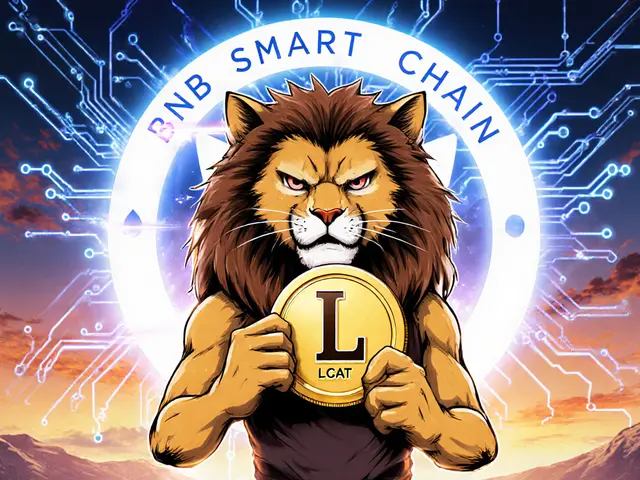ECDSA – The Core of Crypto Signature Security
When working with ECDSA, Elliptic Curve Digital Signature Algorithm, a method for creating and verifying cryptographic signatures. Also known as Elliptic Curve DSA, it relies on the hardness of the elliptic curve discrete logarithm problem to ensure authenticity. A closely related concept is Elliptic Curve Cryptography, the broader family of cryptographic techniques built on elliptic curves, which provides the mathematical foundation for ECDSA. Another key player is Digital Signature, a digital code attached to a message that proves its origin and integrity. Together, these entities form a chain: ECDSA → digital signature → secure verification.
Why Bitcoin and Ethereum Depend on ECDSA
Both Bitcoin, the first decentralized cryptocurrency that uses a proof‑of‑work blockchain and Ethereum, a programmable blockchain supporting smart contracts embed ECDSA into every transaction. In Bitcoin, a transaction is only accepted when the network verifies the ECDSA signature against the sender’s public key. Ethereum extends this pattern: smart contracts often require a signed message to prove that a user authorized an action, and the verification step again uses ECDSA. This creates a semantic triple: ECDSA enables transaction authentication; Bitcoin employs ECDSA for signing; smart contracts rely on ECDSA signatures. The result is a trust‑less system where anyone can prove ownership without exposing private keys.
Understanding ECDSA also helps you spot security pitfalls. Weak random number generators can leak private keys, and incorrect implementation of the verification algorithm can open doors for replay attacks. Modern wallets mitigate these risks by using hardened libraries and enforcing strict signature formats. If you’re building a DeFi app, integrating a vetted ECDSA library is non‑negotiable—you’ll need to verify signatures before moving funds, and you’ll rely on the algorithm’s resistance to forgery. Below you’ll find guides that break down ECDSA math, compare it with other signature schemes, and show how validators set up nodes that continuously check ECDSA signatures on proof‑of‑stake chains. All of this ties back to the central theme: ECDSA is the glue that holds crypto transactions together, and the posts that follow dive deeper into each use case.
Explore how Bitcoin secures transactions with public key cryptography, from secp256k1 keys and ECDSA signatures to Schnorr, Taproot upgrades, and future quantum challenges.
Read More





